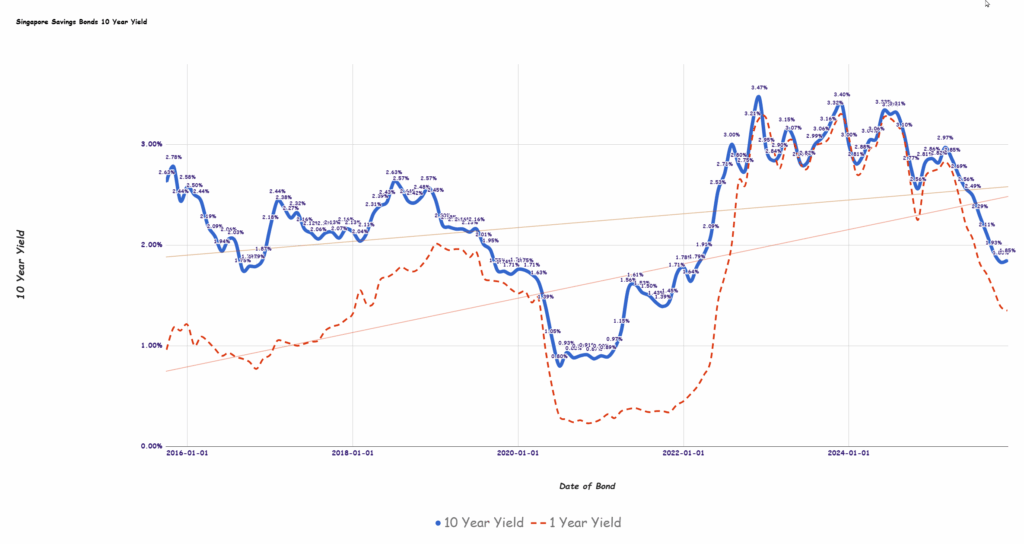Is the U.S. About to Rewrite the Rules of Money With Its Bold New Stablecoin Strategy?
Ever wonder what it feels like to stand at the edge of a vast, untamed frontier—not of land, but of money itself? Well, that’s exactly the thrilling place we find ourselves in today. The digital dawn of stablecoins is reshaping the financial landscape in the U.S. and globally. These aren’t your run-of-the-mill cryptocurrencies; stablecoins promise steadiness in a sea of volatility by pegging their value to reliable assets. Until recently, private players have called the shots here, but hold onto your hats—Wyoming just kicked open the door for public sector involvement with the launch of its very own fiat-backed stablecoin, the Frontier Stable Token. This move isn’t happening in a vacuum. With new federal frameworks unfolding and global powerhouses like the EU, the U.K., and even China scrambling to stake their claims, the race to dominate this brave new money world has turned into a high-stakes land run. It begs the question: Will this digital money frontier be tamed by a few giants, or will wild competition spark unprecedented innovation? Either way, the U.S. is staking an early claim, and the ripple effects promise to rewrite the rules of finance as we know it. LEARN MORE

In both the United States and abroad, there’s a new frontier in money.
As cryptocurrencies gain a stronger foothold in the financial markets, so-called stablecoins, a class of digital assets designed to maintain a stable value, are emerging. Purveyors within this crypto niche aim to peg the value of their digital coins to a defined asset or basket of assets. Private issuers have dominated the market for stablecoins since their inception, but now the public sector is getting in on the action.
Earlier this month, Wyoming became the first U.S. state to issue its own fiat-backed, fully reserved stablecoin. Aptly dubbed the Frontier Stable Token, the digital token is pegged to the U.S. dollar. The Wyoming Stable Token Commission, which was created by an act of the state legislature in 2023, has the backing of the state government to run the stablecoin.
Wyoming’s introduction of Frontier comes as President Donald Trump seeks to bolster the ability of the U.S. to compete in the crypto sector. In July, he signed into law legislation that established a federal framework for stablecoins under the oversight of banking regulators, rather than under the jurisdiction of the Securities and Exchange Commission or Commodity Futures Trading Commission.
Wyoming’s token appears to be exempt from the federal law, allowing the state to move first within the new regulatory environment. That probably won’t concern the White House, however. Treasury Secretary Scott Bessent has indicated the administration is hoping the proliferation of stablecoins will support broader demand for U.S. treasury instruments to finance government spending.
Meanwhile, the developments in the U.S. crypto sector seem likely to spark in-kind responses from foreign governments. In Europe, for example, EU officials are pushing forward with plans to create a digital euro amid concerns the burgeoning market for stablecoins will become dominated by U.S. entities. Crypto companies are lobbying the U.K. government to take the plunge, too, as dozens of industry leaders wrote to Finance Minister Rachel Reeves this month urging swift action “to avoid being a rule-taker rather than a rule-maker in the digital asset era.”
Most importantly, the efforts by the U.S. to lead the stablecoin market have apparently prompted a response from China’s notoriously crypto-averse government. Authorities are reportedly reviewing – and possibly approving – a plan this month to allow stablecoins backed by the Chinese yuan. This would represent a major shift in China’s stance after the country banned crypto trading in 2021. (Note that China’s version of a financial test site, Hong Kong, approved stablecoin legislation in May allowing for stablecoins pegged to the Hong Kong dollar or offshore renminbi.)
As China and Europe begin advancing their own stablecoin efforts, the competition in the stablecoin market has taken on a “land run” feel. Between the creation of a legal framework for stablecoins and the debut of Wyoming’s Frontier token, it looks as though the U.S. has a head start towards positioning itself as an early leader in the stablecoin market. Clearly, the other financial powers fear there won’t be much room left in the stablecoin space to call their own if they don’t hurry.


















Post Comment